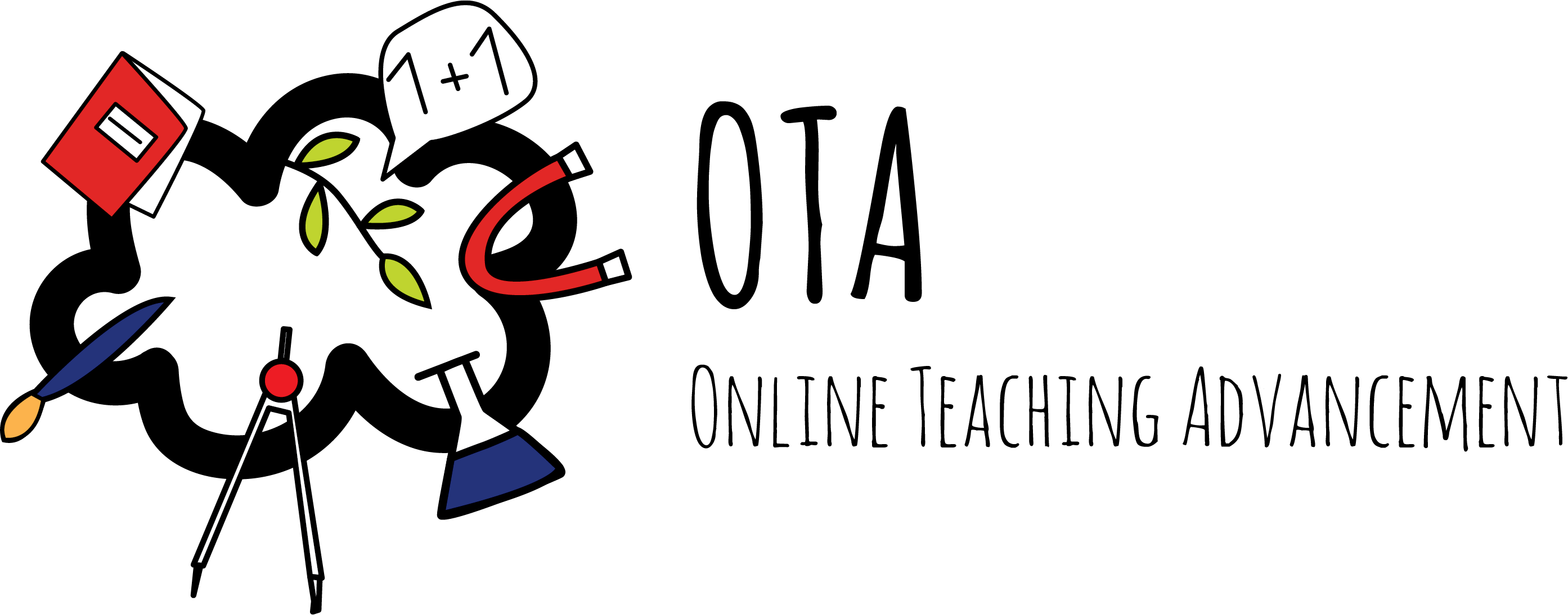OTA project arose from a need felt during the particular and delicate moment of the pandemic, which led academic institutions to radically change their approach to the educational field. Schools, like other institutions, have been called to be more flexible to overcome the gap created by social distance and not hinder the cognitive and social development of pupils.
Lockdown was a hard shock in everyone’s life; the change of habits, the lack of human interaction, the fear of relating to other people that isolation triggered – especially in younger generations, who experienced hopelessness and depression.
This is the context in which the project idea of OTA is rooted. The project counts on the participation of four European states – Slovenia, Finland, Cyprus, and Italy – collaborating on the development of a methodology aimed at encouraging and stimulating the learning of STEAM subjects by exploiting the digital potential.
An in-depth analysis was conducted in each country comparing the different curricula, academic systems, experiences, and opinions of primary and secondary school teachers on online teaching and the STEAM approach.
The data coming from this analysis confirms in toto the social framework just described, but it also unveils a change in perspective, showing that OTA objectives are totally in line with the current historical period.
Schools have had to manage and face a real revolution in teaching. OTA wants to be part of the change and propose a “revolution” in the STEAM methodology, to combine it with the need to introduce and exploit online teaching.
Therefore, OTA responds to two imperative needs: to find a creative and interactive way to teach, with diversified and online materials, and to use clear and structured resources that do not weigh on the shoulders of teachers but are ready to use.
Reinventing a profession such as teaching, having to switch from a traditional method in which students can learn, socialize, and experiment to a virtual model has been quite complex. The lack of tools or materials ready to be used online has created problems in teaching and stimulating students’ interest. As highlighted by one of the teachers interviewed by a partner of OTA: “Direct contact between pupils and teachers was crucial in that disorienting period, and technology allowed them to work quickly to ensure distance learning, as well as to experiment with a new and alternative language to the traditional one.”
Time management during distance learning also generated concerns and stress for teachers as they found themselves adapting the wide curriculum to a new way of teaching. OTA’s analysis reveals a strong interest by teachers in the possibility of taking advantage of ready-to-use materials. As mentioned, teachers are already overworked in their work, and thinking about extra materials that take into account, for example, the possibility of having some students online and others in presence, is very challenging.
Besides, for OTA, it is essential to offer teachers and students innovative tools and materials that allow them to use “art as more than just an illustrative example.” In fact, the vast majority of interviewed teachers believe that using a creative approach could make their lessons more interesting for students, not for the final result but for the cognitive process that accompanies the students.
When combining science with art, the aim is not to assess a project made by the student, or their ability to draw; art can be used as a tool to achieve aims and results, not as an end-a. With an interdisciplinary STEAM method, as promoted by OTA, students will not only be “receptors” of knowledge but will also be able to create knowledge thanks to empirical and hands-on experiences. Students will become active subjects in the learning process, with greater motivation to learn and a major probability of realizing their potential and abilities.
As Albert Einstein said: “Where the world ceases to be the scene of our personal hopes and wishes, where we face it as free beings admiring, asking, observing, there we enter the realm of Art and Science… common to both is love and devotion to that which transcends personal concerns and volition”.
So, let’s go ahead! Let’s allow our pupils to create new spaces for exchanging ideas and learning, let’s go beyond the known and open to the endless possibilities that science and creativity can bring us.
About the OTA project:
OTA project is included within Call 2020 Round 1 KA2 – Cooperation for Innovation and Exchange of Good Practices.
The consortium consists of 6 partners from 4 European countries:
- Izobrazevalni center Geoss d.o.o. (Slovenia, coordinator)
- Narodna galerija (Slovenia)
- Osnovna sola Litija (Slovenia)
- INNOVADE LI LTD (Cyprus)
- Tiedekeskussäätiö (Finland)
- CESIE (Italy)
All results achieved by the OTA project will be made public on the website: https://ota-project.eu/
About the author
Bruna Giunta is a project manager in CESIE. For many years, she worked in the field of education, especially in projects countering school dropout and social exclusion. She has developed her competences having worked in local as well as international cooperation projects. She wants to create new strategies for teaching that emphasize the essential role of schools in the education of children.

